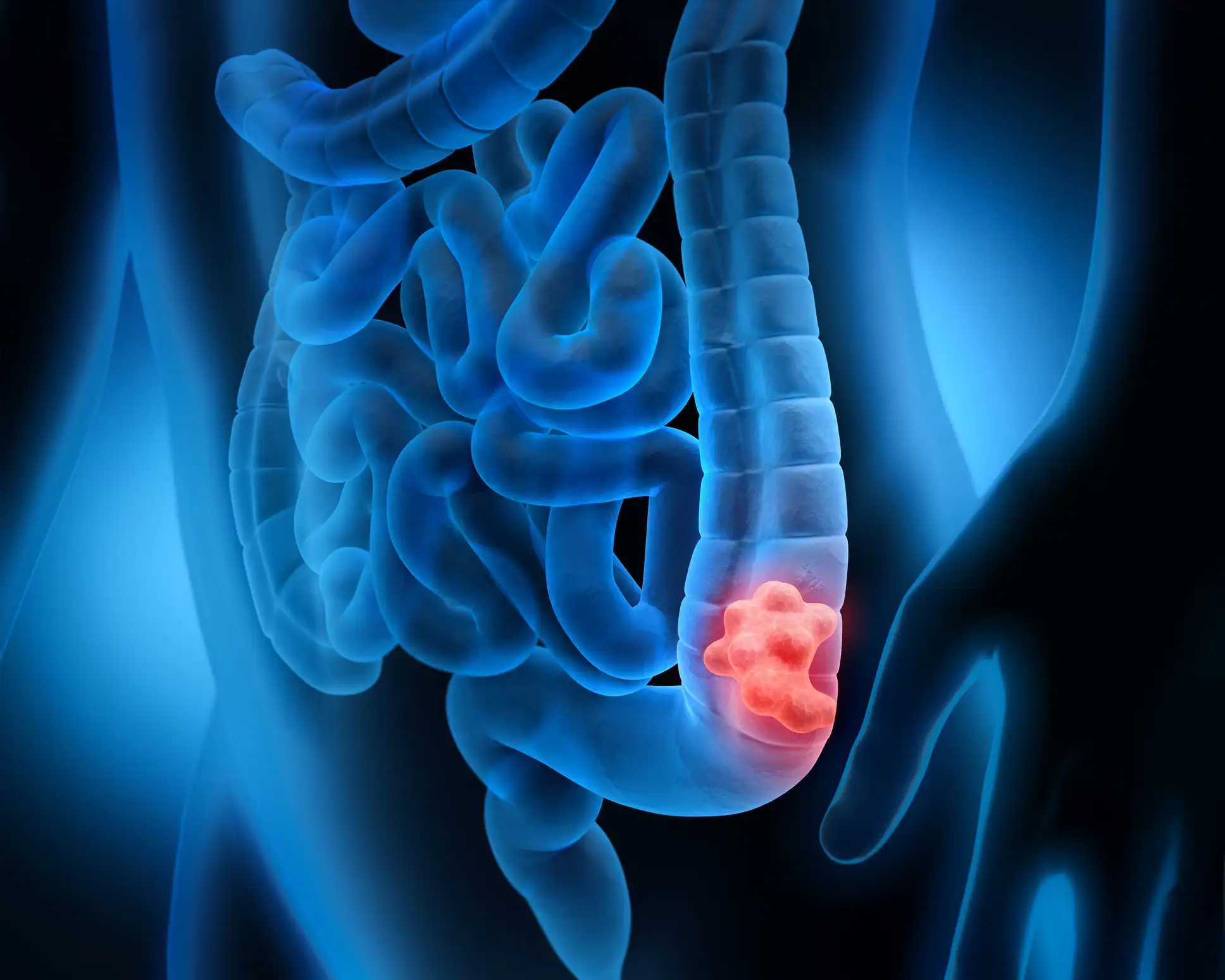Conservation efforts have paid off as Red Knot populations continue to rise on the Jersey coastline. This positive trend is a testament to the dedication and effectiveness of conservation initiatives aimed at protecting the critical habitats of these migratory shorebirds.
The increase in Red Knot populations is a significant milestone that reflects the success of various conservation strategies. One key factor contributing to this achievement is the preservation and restoration of vital habitats along the Jersey coastline. Efforts to conserve the beaches, salt marshes, and other coastal ecosystems that serve as feeding and resting grounds for Red Knots have provided the birds with suitable conditions to thrive.
Conservation organizations and local communities have worked together to implement measures such as habitat restoration, invasive species control, and pollution reduction. These actions create healthier and more resilient habitats that support a diverse range of species, including the Red Knots.
Additionally, conservationists have focused on raising awareness about the importance of protecting the Red Knots and their habitats. Education campaigns, public outreach, and engagement with local stakeholders have played a crucial role in garnering support for conservation efforts. As more people become aware of the significance of these birds and their ecological role, they are more likely to actively participate in conservation activities and support initiatives aimed at their protection.
Regulation of human activities has also played a critical role in the recovery of Red Knot populations. Efforts to manage and control the harvest of horseshoe crabs, which are a vital food source for the birds during their stopovers, have ensured a sustainable supply of eggs. By implementing responsible harvesting practices and setting limits, conservationists have helped maintain a healthy balance between the needs of the Red Knots and the ecological integrity of the horseshoe crab population.
The rising Red Knot populations on the Jersey coastline not only highlight the success of specific conservation efforts but also serve as an indicator of broader ecosystem health. These shorebirds are a vital part of the coastal food web, and their presence is indicative of the overall well-being of the ecosystem. The increasing numbers of Red Knots suggest that conservation actions have had positive ripple effects, benefiting other species that share the same habitats.
While the rising Red Knot populations are a cause for celebration, it is important to recognize that ongoing conservation efforts are crucial to ensuring their long-term survival. Continued monitoring, adaptive management strategies, and collaboration among stakeholders will be essential to sustain and build upon the progress achieved so far.
In conclusion, the increasing Red Knot populations on the Jersey coastline reflect the success of conservation efforts focused on habitat preservation, awareness-raising, and responsible management of key resources. This positive trend not only provides hope for the recovery of a specific species but also demonstrates the potential for conservation initiatives to make a meaningful impact on wildlife populations and ecosystem health.











